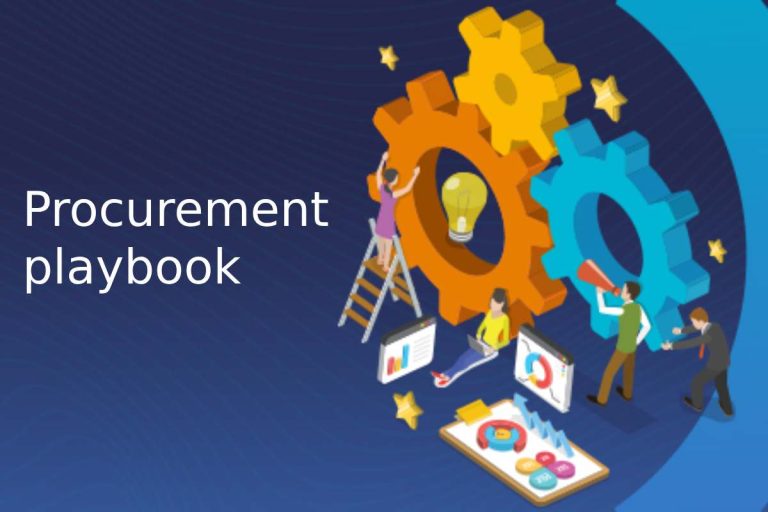Table of Contents
Why Workflow Matters More Than Features
For workflow-driven teams—designers, developers, product managers—tools aren’t just utilities. They’re extensions of how work flows from one person to the next. That’s why certain feedback tools, while functional on the surface, start to feel like speed bumps the deeper you get into product cycles. It’s not enough to collect feedback anymore. The way that feedback travels through your team—the clarity, the integration, the accountability—that’s what actually moves things forward.
This is where Usersnap competitors have started to stand out. While Usersnap has done a great job popularizing visual feedback widgets, other platforms have leaned into the nuances of how teams actually work: asynchronously, across time zones, juggling multiple tools, and iterating quickly.
Built for Conversation, Not Just Capture
One of the key differences is how feedback is treated—not just as data, but as the beginning of a conversation. A screenshot with an arrow pointing at a button is helpful, but it’s often not the full picture. Modern tools like BugHerd, Marker.io, and others treat feedback as collaborative artifacts. That means threaded discussions, internal-only comments, and @mentions that pull the right people into the loop without overwhelming everyone else.
The feedback becomes part of a dialogue, not just a ticket. It lives longer, gets refined, and actually helps teams build better products instead of becoming background noise in a cluttered inbox.
Integration Isn’t a Bonus—It’s a Requirement
No team wants yet another dashboard. One of the biggest advantages many Usersnap competitors offer is native, real-time integration with tools you’re already using—Jira, Linear, Trello, GitHub, Slack, Notion, even Figma in some cases.
This means feedback doesn’t sit siloed in another tab. It moves automatically to the developer’s to-do list, shows up in the designer’s sprint, or notifies the project lead without anyone needing to manually forward it along. These tight integrations are what make feedback actionable, rather than just informational.
Context is Queen
The strongest tools today don’t just ask users to describe what went wrong—they capture how it happened. This includes console logs, browser versions, page URLs, viewport size, and even user actions leading up to the issue. All this is done in the background, often without the user needing to lift a finger.
This context turns a vague “the page broke” into a traceable bug report. And for workflow-heavy teams trying to maintain velocity, this kind of insight can shave hours off troubleshooting. Instead of spending time reproducing the issue, they can jump right into fixing it.
Granular Control for Feedback Management
When feedback flows freely, things can get messy. Competitors to Usersnap have started offering more fine-tuned controls over who sees what, how feedback is categorized, and how it’s triaged. That’s a big deal when you’re managing multiple stakeholders—internal QA, external clients, beta testers, and more.
With tagging systems, customizable views, and routing rules, teams can separate signal from noise and ensure the right feedback lands with the right people. You can keep internal notes private, prioritize issues by type or urgency, and keep the whole thing from turning into a messy feedback soup.
A Quick Note on Pricing and Access
Pricing models may not be glamorous, but they do matter—especially for lean product teams or agencies juggling multiple clients. Some Usersnap alternatives offer flexible pricing based on usage, unlimited collaborators, or per-project models that feel fairer when you’re scaling up or down.
While evaluating Usersnap vs other tools, some teams realize they’re paying for functionality they don’t need or, worse, can’t access unless they upgrade. Competitors have started chipping away at this with transparent plans and lower-friction trials that let teams experiment before committing.
Feedback as a Growth Engine
Something subtle but important is happening in how these tools position themselves: they’re not just about feedback for fixing bugs anymore. They’re part of the product growth loop. Some platforms now offer analytics dashboards that surface patterns in the feedback—what users struggle with most, which features draw the most comments, or where in the onboarding flow users drop off.
This elevates feedback from reactive maintenance to proactive product insight. And for teams operating in a product-led growth environment, that’s the kind of strategic intelligence that’s hard to ignore.
Choosing What Aligns With Your Rhythm
Ultimately, feedback tools aren’t about bells and whistles—they’re about alignment. The best ones don’t force you to work differently. They quietly fold into your rhythm, improving collaboration, clarity, and accountability without you needing to think too hard about them.
If your current setup feels clunky or disconnected, it’s worth exploring tools that prioritize workflow over widgets. You might find that a slight change in how feedback is captured and managed can lead to major gains in productivity—and peace of mind.










